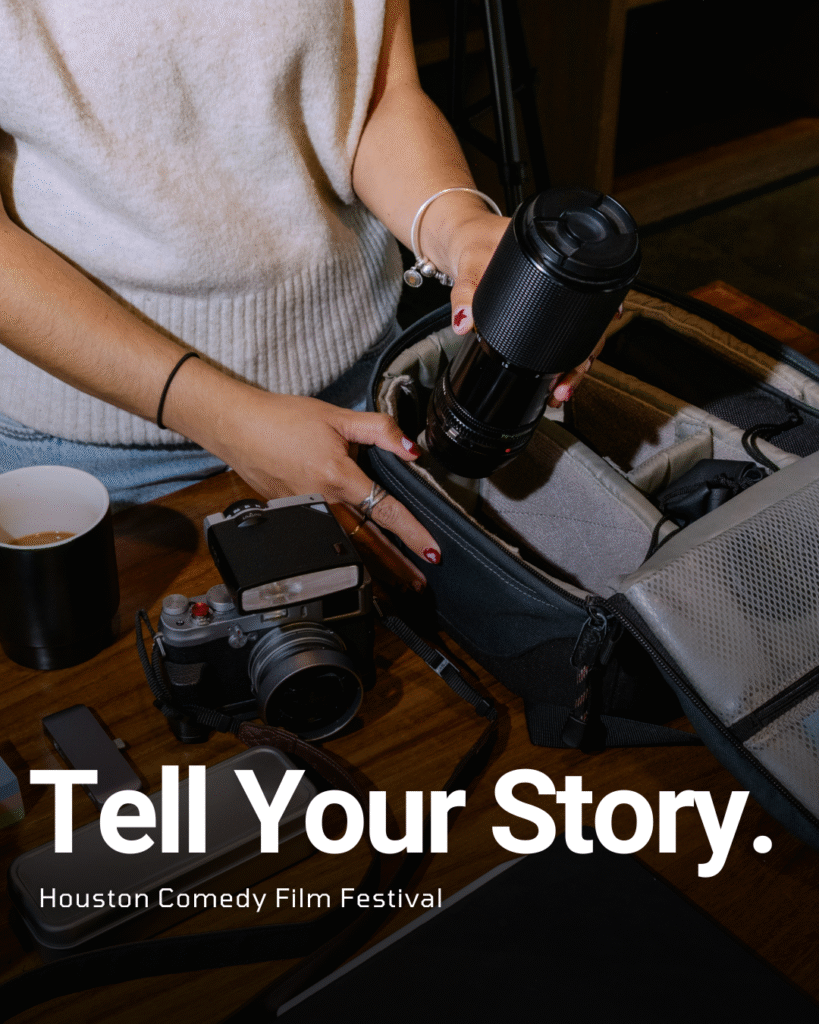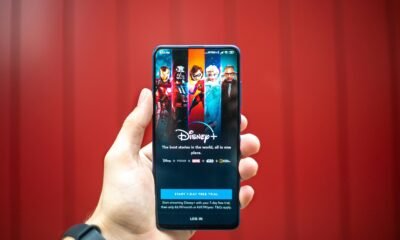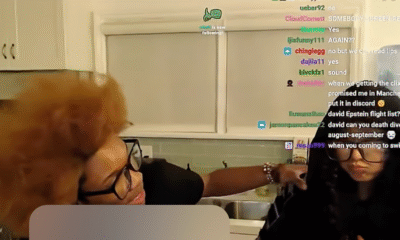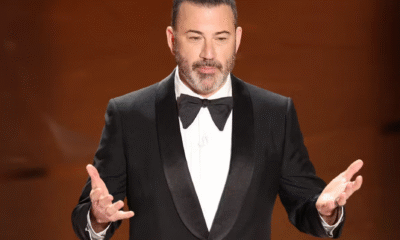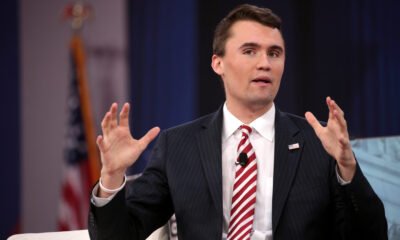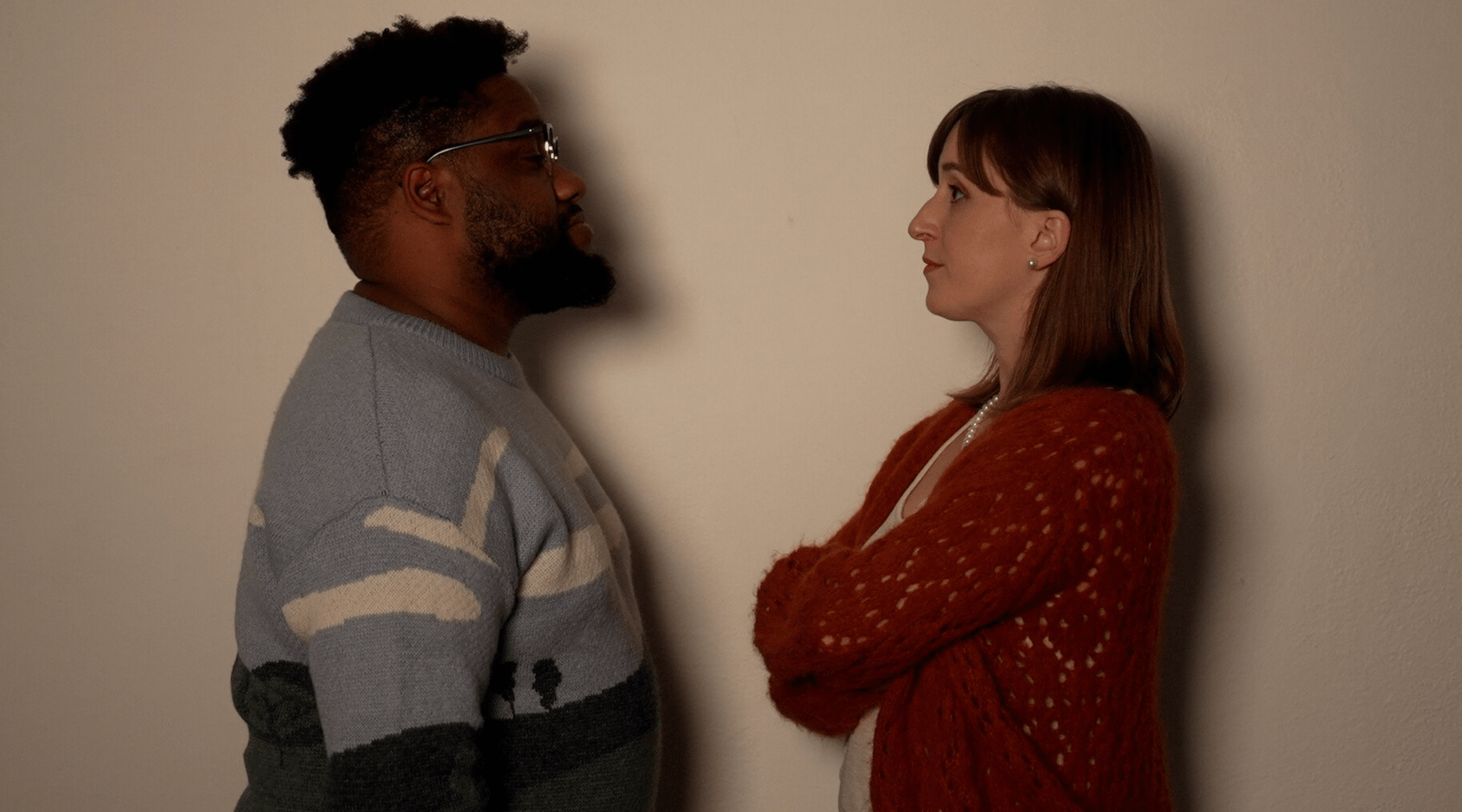Entertainment
SATC’s Candace Bushnell Dated 2 Men With a 60-Year Age Difference in 1 Week on August 1, 2023 at 1:55 am Us Weekly
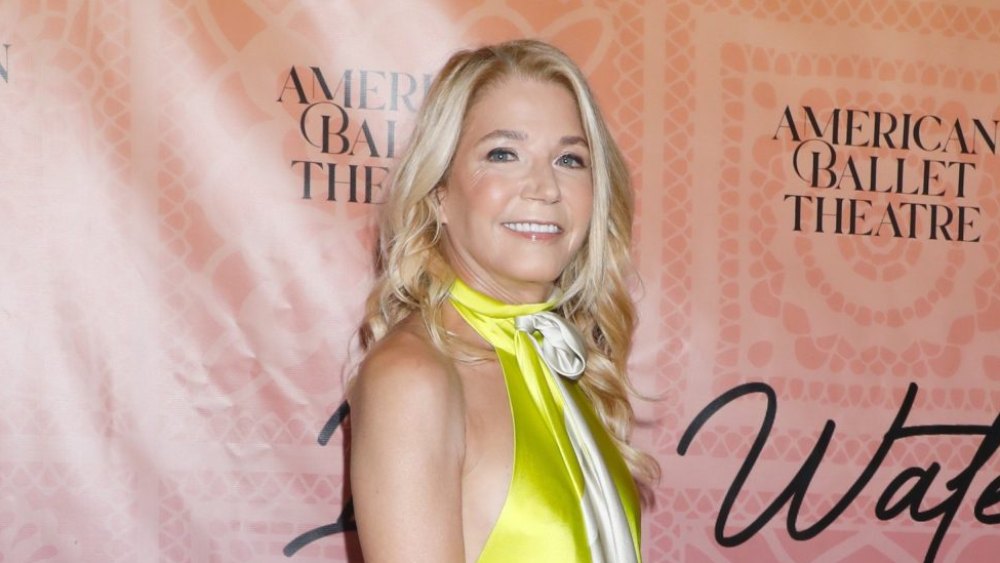
It’s no wonder Candace Bushnell is the inspiration behind Sex and the City’s Carrie Bradshaw — her real-life romantic escapades are just as entertaining.
“You know, I have so many crazy dating adventures. I mean, one week I dated a guy who was 21 and a guy who was 91,” Bushnell, 64, exclusively told Us Weekly while promoting her one-woman show, True Tales of Sex, Success and Sex and the City. “Nobody tells you this is gonna happen. Like, that the age range is going to be 60 years.”
Bushnell’s column in the New York Observer was the inspiration for the bestselling SATC anthology book series, which was later turned into the famous HBO comedy that ran from 1998 to 2004. The show followed Carrie (Sarah Jessica Parker) along with her BFFs Miranda (Cynthia Nixon), Samantha (Kim Cattrall) and Charlotte (Kristin Davis) through their dating lives in New York City.
Bushnell’s “crazy” life as a single woman in the Big Apple may have served as an influence for six seasons, two subsequent movies, a prequel and a Max spinoff, but the author never had plans to play the role of Carrie herself — even when Parker, 58, wasn’t sure she was right for it either.
“There was maybe one moment when Sarah Jessica Parker forgot that she made the pilot and, I don’t know, it’s a story. She wasn’t sure if she wanted to do it,” Bushnell explained. “So I think there was a moment when they were like, ‘Well, maybe [Candace] could do it.’ And I was like, ‘No. I wouldn’t even know how to do it.’ So I’ve actually always been thrilled that [Sarah is] Carrie Bradshaw. I mean, she’s fabulous.”
In fact, Bushnell doesn’t think Carrie — or any of the other women from the Sex and the City franchise — fully represent her at all.
“I don’t feel like the character is me. I didn’t marry a rich man,” Bushnell shared, seemingly referring to ex-husband Charles Askegard, whom she divorced in 2012. “I didn’t marry Mr. Big. But I’m single again. I’m dating, I have been for a while. And I’m always working and coming up with new ideas. I’m about being your own Mr. Big as I like to say.”
While Carrie did marry Mr. Big (Chris Noth), his death was the catalyst for the Max series And Just Like That, which premiered in 2021. The show’s second season, however, shows Carrie coming face to face with another former flame: her ex-fiancé, Aidan Shaw (John Corbett).
Carrie and Aidan dated on and off starting in season 3 of the OG series. While they called it quits after she cheated with Big, the twosome rekindled their romance and even got engaged before Carrie decided she wasn’t ready for marriage. The pair later shared a smooch in the second Sex and the City movie, despite both being married, but ultimately went their separate ways. And Just Like That, however, shows sparks flying between the couple once more.
“It’s another real-life story. I know so many women in their 50s or 60s, even 70s who got back in touch with an ex and it worked,” Bushnell said of the decision to bring back Aidan. “So you never know. It’s a pretty common thing. That’s something that happens in real life. So I think it’s interesting.”
Candace Bushnell. Gregory Pace/Shutterstock
Bushnell noted that it’s the thrill of an unknown future that makes dating so fun.
“That’s why I’ll go out with a 21-year-old and a 91-year-old,” she said. “I’m like, ‘I don’t know, nobody knows.’ I’m divorced, so I don’t have all the answers. [But] that’s kind of [my] attitude toward dating. That you never know.”
In addition to enjoying her single status, Bushnell is focused on work — including her one-woman show, True Tales of Sex, Success and Sex and the City. The project was bred from the COVID-19 pandemic and features a whirlwind of remarkable personal stories of fashion, literature and sex — and features plenty of stories and games surrounding SATC.
“There’s a super fun game called Real or Not Real because everything that happened in the TV show is a little better or worse than my real life,” she told Us. “Like some of the guys who Carrie dates … I tell the story of how I came to New York and crazy things that happened to me. … And then how I created Sex in the City, how hard I worked to get there, why I invented Carrie Bradshaw and what happened to me afterward.”
True Tales of Sex, Success and Sex and the City will take place at Canoe Place in Hampton Bays, New York, on Thursday, August 17, at 8:00 p.m. ET.
Sign up for Us Weekly’s free, daily newsletter and never miss breaking news or exclusive stories about your favorite celebrities, TV shows and more!
Reporting by Christina Garibaldi
It’s no wonder Candace Bushnell is the inspiration behind Sex and the City’s Carrie Bradshaw — her real-life romantic escapades are just as entertaining. “You know, I have so many crazy dating adventures. I mean, one week I dated a guy who was 21 and a guy who was 91,” Bushnell, 64, exclusively told Us
Us Weekly Read More
Entertainment
Chaos and Comedy: Darby Kingman’s “Camp Wackapoo: Rise of Glog”

Darby Kingman’s “Camp Wackapoo: Rise of Glog” redefines summer camp comedy with a wild, energetic story about ambition, chaos, and the joy of embracing the unexpected. The film centers on a relentlessly competitive camp counselor who’s determined to finish first—only to face a motley crew of unruly campers and a summer unlike any other.
As Darby puts it, “Not everything is that deep. It really honestly was to make people laugh. She has all these kids that are not working with her and she’s just losing her mind. It’s crazy, silly, goofy, and it was a blast.”
What started as a simple scene for Darby’s acting reel evolved into a full-fledged film with encouragement from her mentor at Debbie Reynolds Acting School. Darby dove into every role—writing, directing, starring, and meticulously preparing each prop and costume. “Plan and prepare, but also be flexible and ready to be in the moment—that’s when the magic happens,” she advises.
Working with a handpicked cast of her own dance students, Darby built an atmosphere of real teamwork and camaraderie. She credits the “precious” energy of her young cast, her creative director of photography, and the overall spirit of her production team for turning the project into something bigger than herself. Her experience is an inspiring blueprint for indie filmmakers:
“Take initiative and control of your career. You can’t just sit around and wait for somebody to pick you. Figure out what you’re good at and go for it. Create something that brings joy to others.”
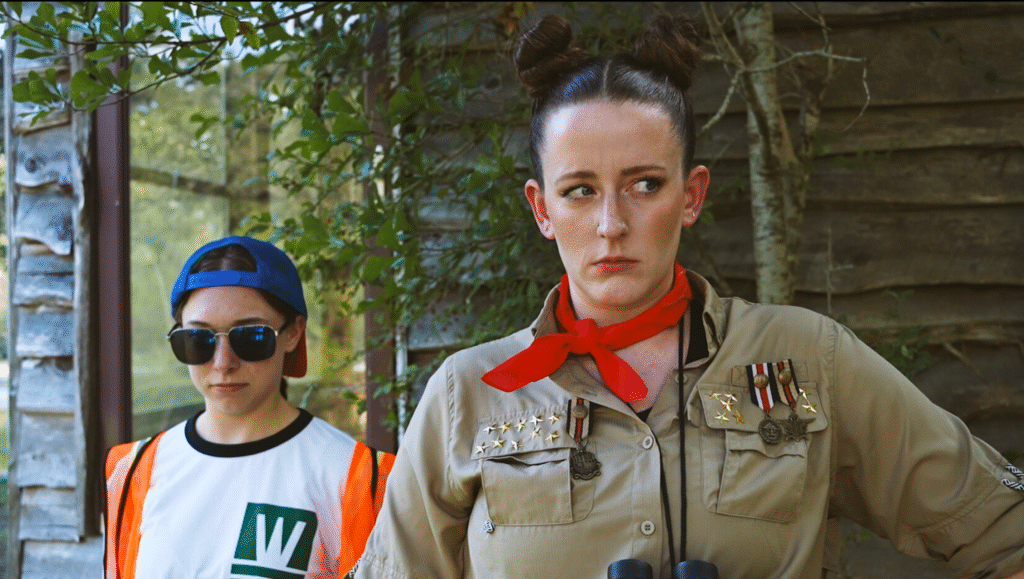
Her production motto? “Preparation is key, but you have to be ready to go with the flow—that’s when the magic happens.” Darby’s fearless creativity, focus on collaboration, and love for comedy shine throughout “Camp Wackapoo: Rise of Glog.” It’s more than just a camp satire—it’s a heartfelt testament to hard work, original humor, and leadership from the ground up: “People need to laugh right now. That’s a win.”
Catch “Camp Wackapoo: Rise of Glog” and experience Darby’s infectious energy and comic genius at the Deluxe Theatre on November 1, 2025. Get your tickets now at Houstoncomedyfilmfestival.com.
Entertainment
Diane Keaton Dies at 79
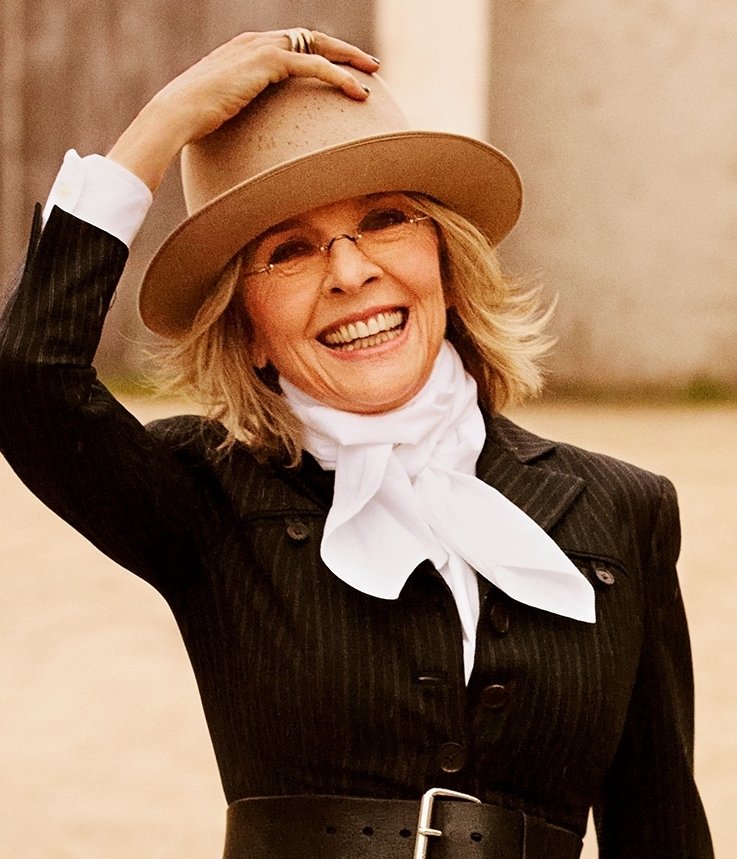
The world of film and entertainment is mourning the loss of Diane Keaton, an Oscar-winning actress renowned for her enduring talent, individuality, and influence on generations of performers and fans. Keaton died at the age of 79 in California on Saturday, October 11, 2025, her family confirmed. Details remain private, with her family requesting privacy as they grieve this profound loss.
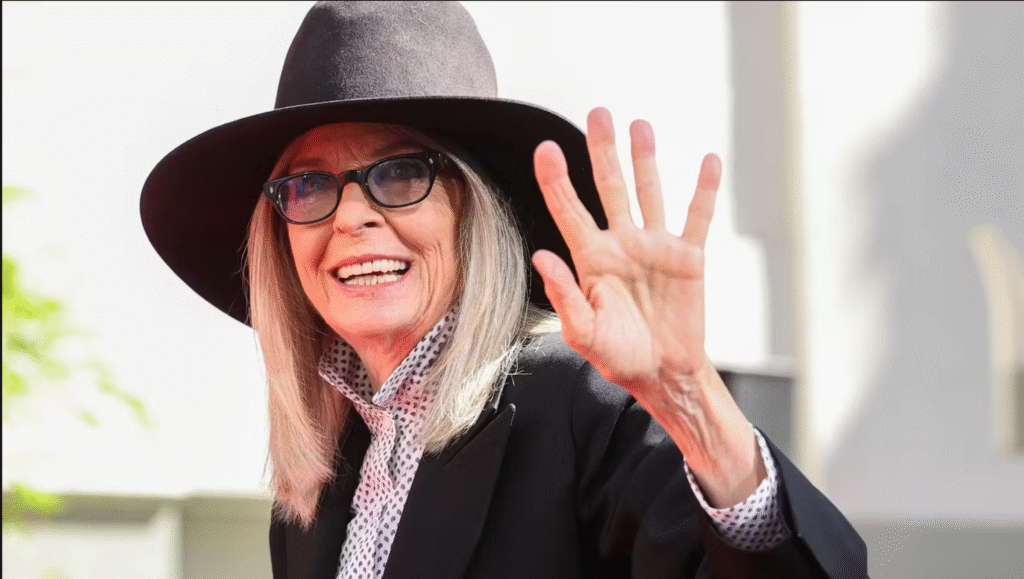
A Distinctive Talent
Diane Keaton rose to fame in the 1970s through a series of memorable roles, most notably as Kay Adams in “The Godfather” trilogy and as the quirky, unforgettable lead in Woody Allen’s “Annie Hall,” for which she won the Academy Award for Best Actress. Her performances in films like “The First Wives Club,” “Something’s Gotta Give,” and the “Book Club” series solidified her reputation as an actress with unique comedic timing and dramatic depth. Keaton was celebrated not only for her artistry but also for her androgynous fashion sense, characterized by menswear-inspired looks, hats, and an easy, effortless style that influenced generations.
Legacy and Tributes
Following the news of her passing, tributes poured in from Hollywood and beyond. Bette Midler, Goldie Hawn, and Jane Fonda were among the countless stars who expressed devastation and admiration for Keaton’s incomparable legacy. Hawn recalled their friendship and collaborations, writing: “Diane, we aren’t ready to lose you…you stole the hearts of the world and shared your genius with millions”. Midler echoed the sentiment, praising Keaton as “brilliant, beautiful, extraordinary” and a truly original presence in Hollywood.

Private Struggles and Final Months
Though fiercely independent and known for her openness, Keaton kept her declining health private in her final months. Friends and neighbors noticed her retreat from public life and social media, and she was recently seen less often in her Brentwood neighborhood. In the past, Keaton candidly discussed her ongoing battles with skin cancer and bulimia, openly advocating for personal health and authenticity.
Remembering Diane Keaton
Diane Keaton leaves behind a legacy defined by her fearless performances, unique style, and enduring influence on the arts. She is survived by her two children, Dexter and Duke. As Hollywood and her global fanbase mourn, her pioneering spirit and unmistakable voice will continue to inspire generations.
Entertainment
The Hooper Premiere Delivers 90s Nostalgia
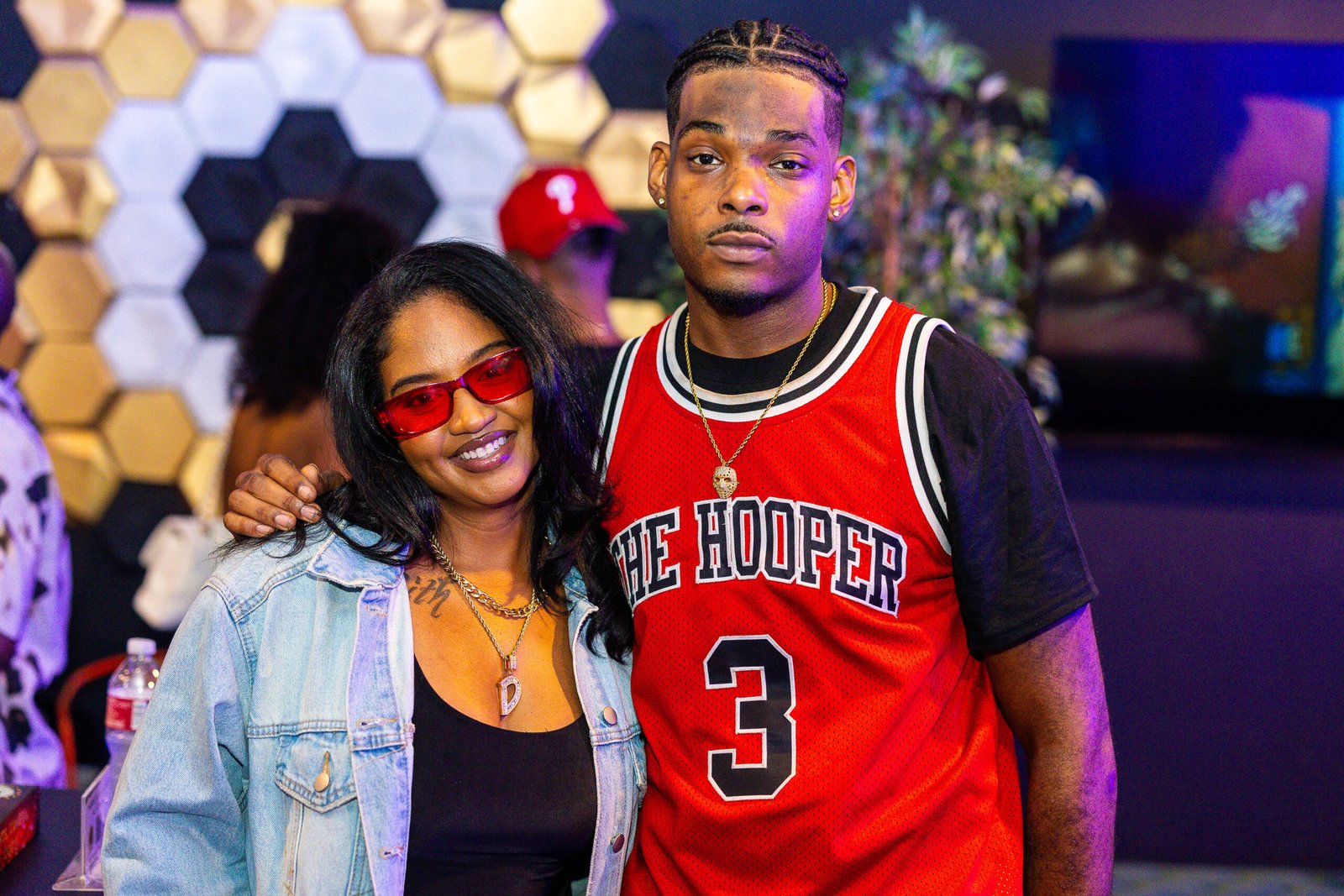
The debut screening of The Hooper transported audiences straight back to the golden era of the 90s, as fans, producers, and supporters gathered to celebrate filmmaker Dakarai Akil’s first feature film.
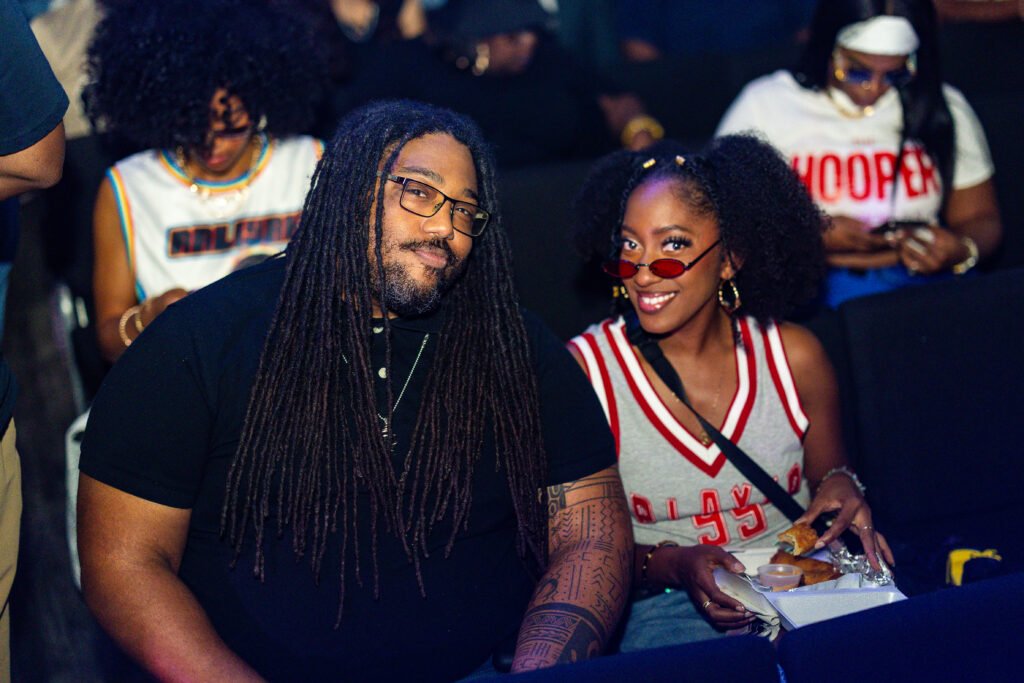
A Full 90s Vibe
From colorful windbreakers and bucket hats to the booming beats of old-school R&B and hip-hop, the premiere had all the hallmarks of a true 90s throwback. Guests embraced the theme wholeheartedly, creating a night that felt like stepping into a time machine. The venue’s decor reflected vintage basketball culture, perfectly aligning with the film’s energy.
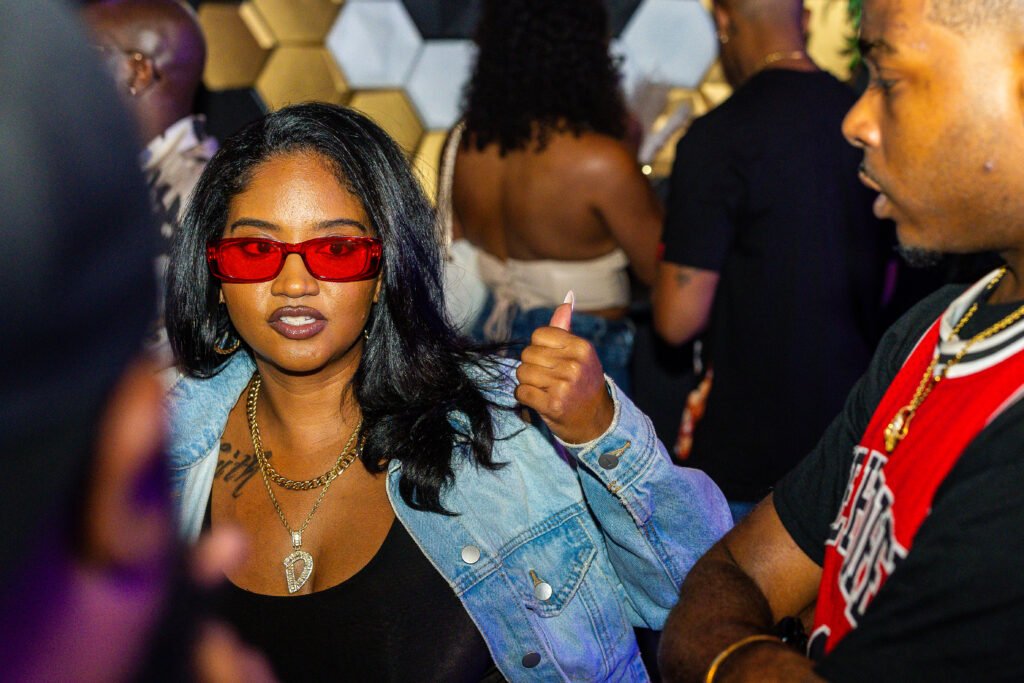
“It wasn’t just a premiere—it was a memory lane experience,” said one attendee. “It reminded us of the music, fashion, and spirit we grew up with.”
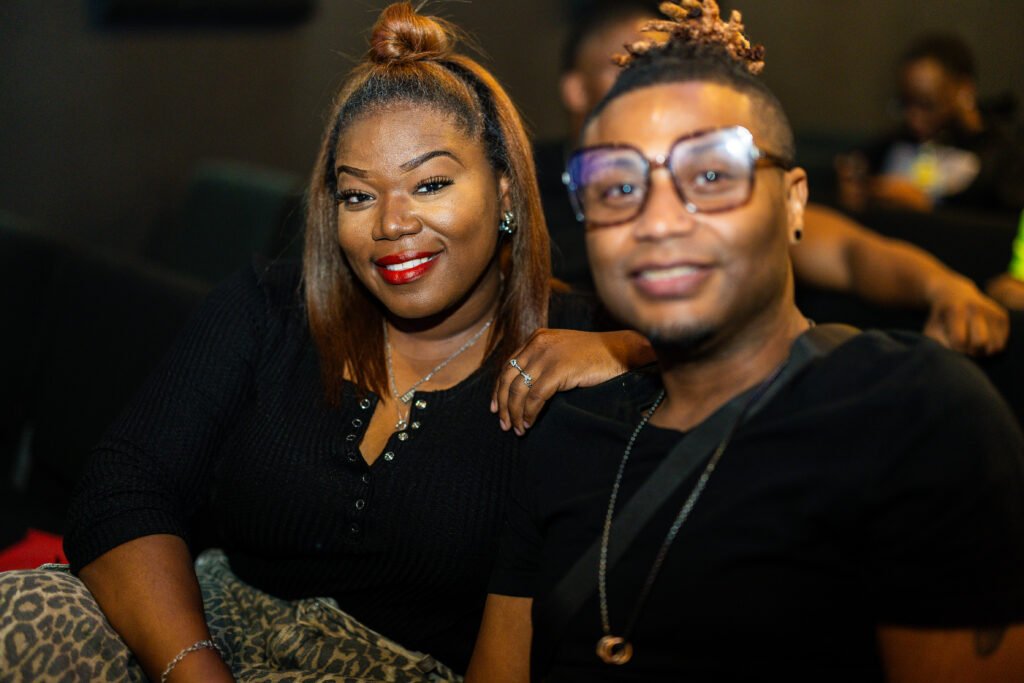
Dakarai Akil’s Debut
The Hooper marks Akil’s official debut as a writer and director, telling a heartfelt story of grit, passion, and ambition. The film drew a warm response from the crowd, earning a standing ovation and heartfelt cheers.
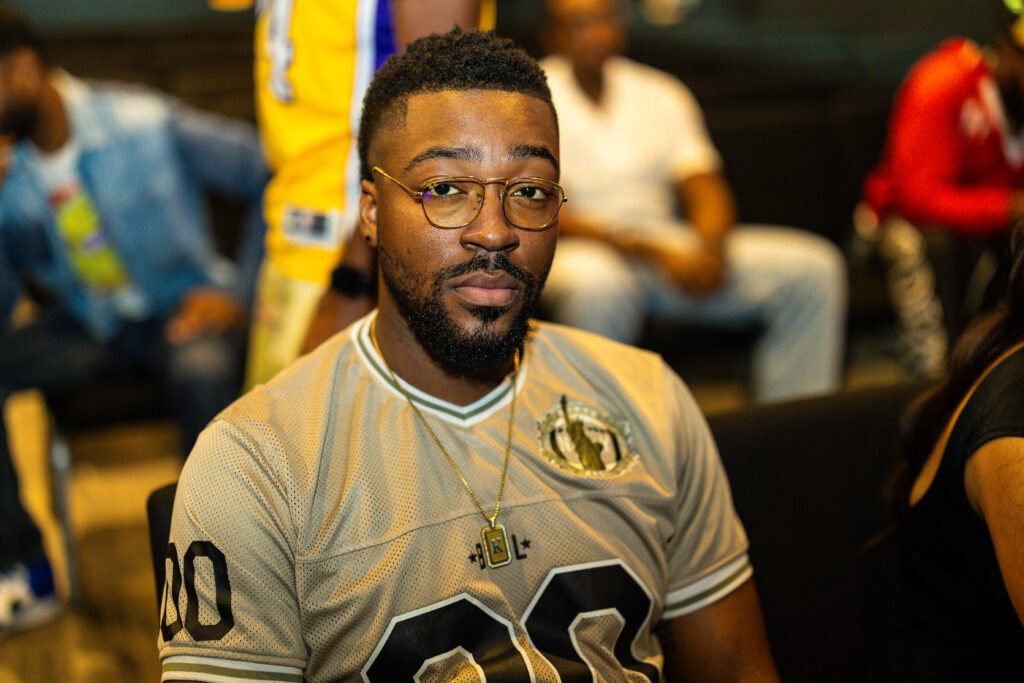
Akil thanked the audience, noting how meaningful their support was: “Tonight wasn’t just about showcasing my film—it was about honoring the culture that shaped it.”
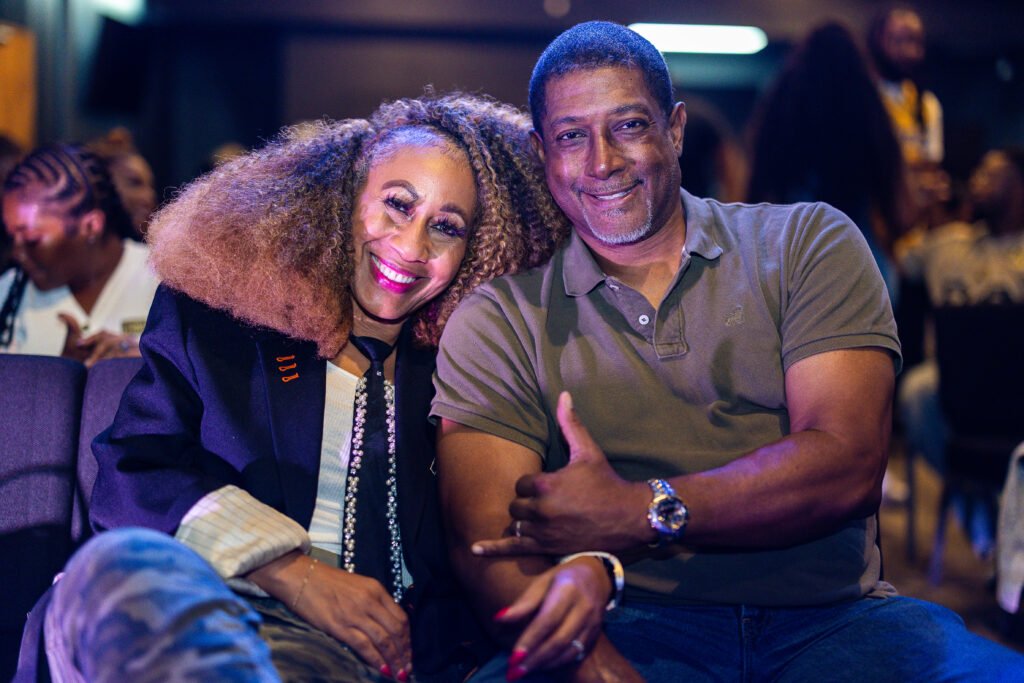
Community Energy
The turnout included local creatives, industry pros, and longtime supporters of Akil’s work. Between snapping photos on the 90s-themed backdrop and singing along to classic hits, attendees embraced the event as a celebration of both art and community.
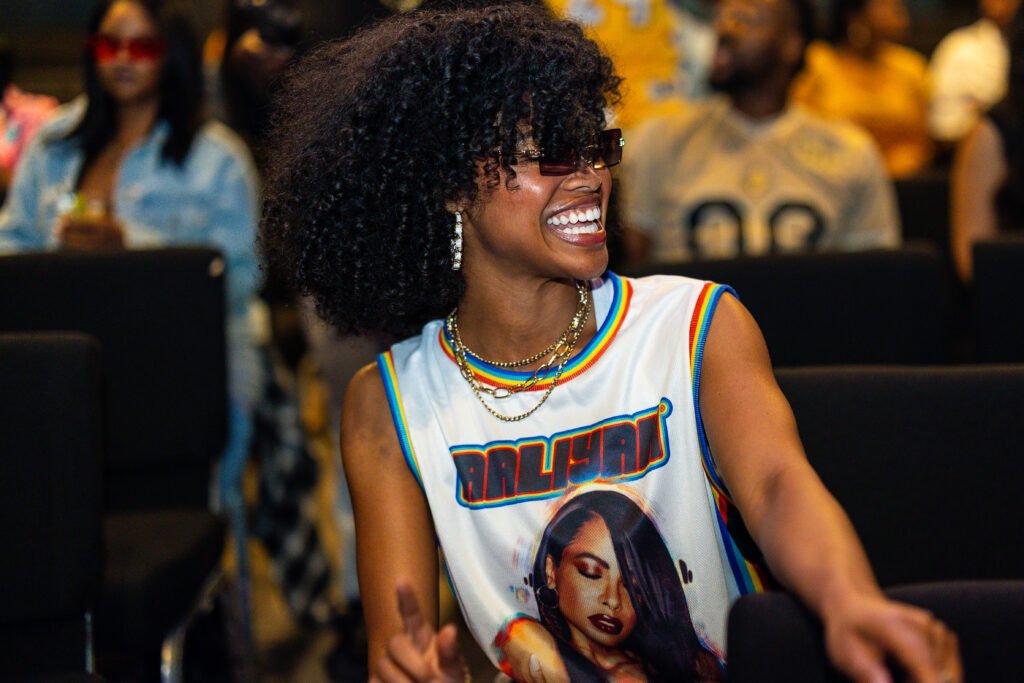
Looking Forward
With The Hooper now making waves, Akil is poised to reach even wider audiences in the months ahead. If the premiere’s atmosphere was any indication, this is just the beginning of a filmmaker ready to blend nostalgic charm with fresh storytelling.

 Business3 weeks ago
Business3 weeks agoDisney Loses $3.87 Billion as Subscription Cancellations Surge After Kimmel Suspension

 Entertainment3 weeks ago
Entertainment3 weeks agoWhat the Deletion Frenzy Reveals in the David and Celeste Tragedy

 Filmmaking4 weeks ago
Filmmaking4 weeks agoThe Real Reasons Film Jobs Are Disappearing

 Entertainment4 weeks ago
Entertainment4 weeks agoABC Suspends ‘Jimmy Kimmel Live!’ Indefinitely After Kirk Remarks

 Tech4 weeks ago
Tech4 weeks agoWhy Experts Say AI Could Manipulate, Blackmail, and Even Replace Human Relationships

 News4 weeks ago
News4 weeks agoSeeing Trauma: What Charlie Kirk’s Death Reveals About a Nation in Conflict

 Entertainment3 weeks ago
Entertainment3 weeks agoExecutive Producer Debut: How Celia Carver Created Festival Hit ‘Afterparty’

 Filmmaking4 weeks ago
Filmmaking4 weeks agoWhy Hollywood’s Biggest Blockbusters Keep Failing at the Box Office



